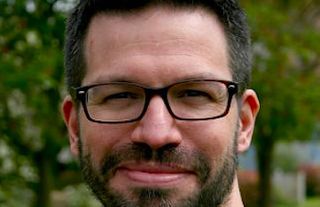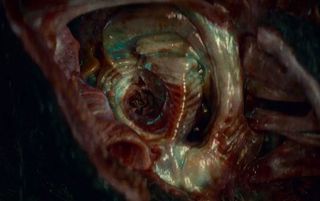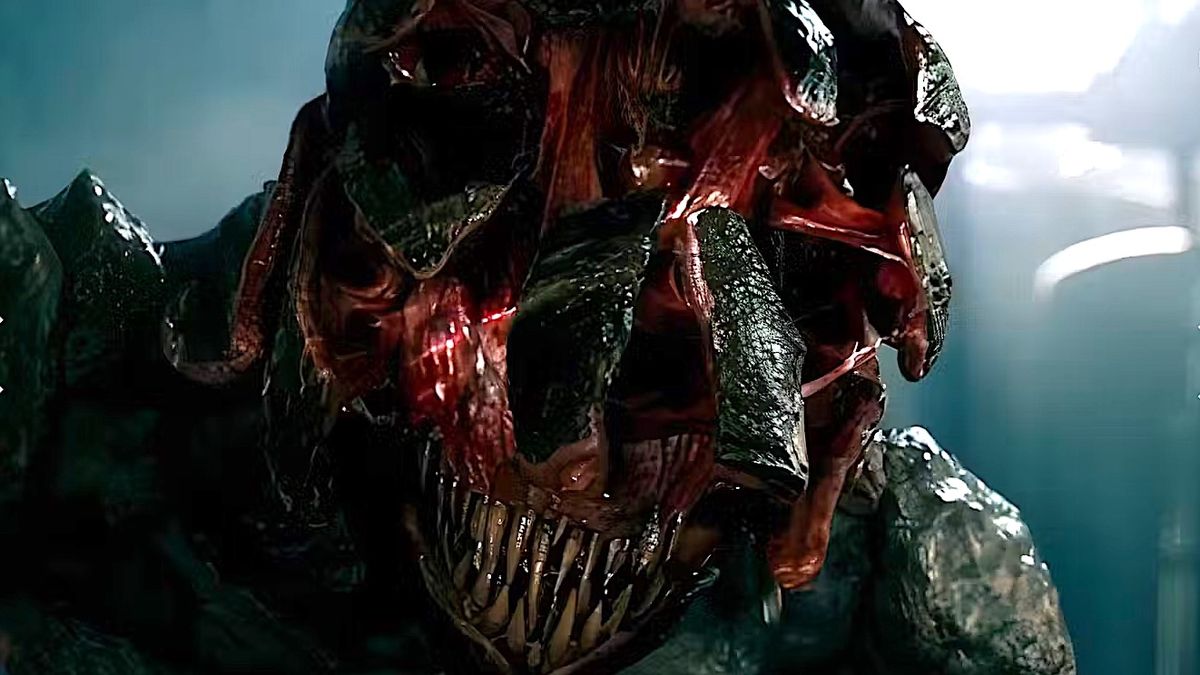As one of the preeminent visual effects masters in the business, ILM’s Malcolm Humphreys has provided his services to a wealth of blockbuster Hollywood projects over the years, including: “The Batman,” “Ant-Man and the Wasp: Quantumania,” “The Mandalorian,” “Avengers: Age of Ultron,” “Man of Steel,” “Terminator: Salvation,” “28 Weeks Later,” “Batman Begins” and many more.
His current special effects magic can be witnessed in Paramount Pictures’ “A Quiet Place: Day One,” the prequel to John Krasinski’s sci-fi horror films “A Quiet Place” (2018) and “A Quiet Place Part II” (2020), in which sightless alien infiltrators with ultrasonic hearing have ravaged Earth after raining down onto our planet using a blizzard of meteors as a preferred transportation method.
This recently released standalone movie, directed by Michael Sarnoski (“Pig”), abandons the emotional saga of the Abbott family for a backstory installment that instead focuses on two Manhattan strangers played by Lupita Nyong’o and Joseph Quinn. These two souls band together for survival when the “Death Angels” first descend from the heavens and begin the senseless slaughter.
Humphreys acted as “A Quiet Place: Day One’s” visual effects supervisor, and he aligned his team’s cinematic vision for the extraterrestrial nightmares with that of Sarnoski’s to build upon the aliens’ strange physiology, hive mentality and hierarchy.
Related: ‘A Quiet Place: Day One’ is a riveting return to the day Earth went silent (review)
“The main thing for me was, in the first two films that John [Krasinski] set up, you see the creatures in two different stages,” Humphreys told Space.com. “They’re doing snatch-and-grabs, or they’re very predatory, crawling around quite slowly. In this film, talking with Michael, he wanted to explore their more sensitive sides, so you’ll see them slower, and even in their hive they’re nearly a family unit feeding. Some of the inspiration there from Michael himself was that we’ve seen them use plates in their heads to zero in on sound, but what if they used them as tactile aspects for feeling and touching and actually making noise themselves? They’re quite lanky creatures, so their plates were definitely one area that we played around with quite a bit.”

Using a combination of blue screen stages, digital scene extensions added to physical sets at Warner Bros. Studios Leavesden replicating New York City, and visual effects backgrounds to create a seamless experience, Humphreys worked with Sarnoski and production designer Simon Bowles to create a cohesive tone and style.
“Part of the process we go through is doing a lot of pre-vis for scenes like the face-to-face with Ruben and the creature with Lupita and Sam in the theater,” he explained. “It’s really working with Michael to get the right pacing and feel. We did end up having a performer on the day for the actors and camera to react to that we largely replace digitally. It’s a close collaboration between stunt performers, people on the floor, and there’s someone that gets rolled over. Part of it, too, is being there as they shoot it so when we get into post we hit the ground running. I’ll have a very clear idea of the pacing that he wants so we can eke out those moments, so for an audience member you get the right emotional response. Michael has a good idea of vision, but he leaves a lot of room for all the people involved to add to the process.”

One suggestion from Humphreys surrounded the fact that they’d never done a complicated “Death Angel” inner ear shot, probing into the nautilus-like membranes of the sense organ.
“So we reworked this really long shot exploring the ear of the Big Mother creature. The pulsing happening in the ear is meant to be in time with its heartbeat. There’s a combination of getting the sound mix, animation and the overall asset work to try and make that shot work as well.”
While the alien invaders in the film have been branded “Death Angels” after a scribbled note left by a survivor in the initial movie, Humphreys and his VFX crew came up with a humorous moniker for the invading murderous monsters: “Happy!”
“We needed to refer to the assets internally, and originally we didn’t have a name,” he noted. “I think it was just artists probably having some fun. The creatures aren’t very happy — they’re actually quite vicious — so I think it’s just a little play on words.”

One of the most unsettling sequences in “A Quiet Place: Day One” has to be the hive scene, in which hungry “Death Angels” are engaged in some sort of nourishment ritual by cracking open strange pumpkin-like pods and consuming their moist insides.
“We called that dinnertime,” Humphreys said. “Michael wanted to explore how they eat, where are all the bodies going, and the idea that they would be essentially growing their food. These are a kind of fungi, mushroomy growths that you see the creatures split open. The Big Mother Happy can actually open it, so there’s a little bit of history. It has old, caked-on white liquid on its surface as though that’s one of its main purposes. Then you’ve got younger little creatures that are slightly smoother than the other battle-scarred creatures that you see before. The creatures are used as a device to try and set up situations of how people react to these conditions.
“If you watch the original film, it’s about parents. The second film is really about children. And the third film is about strangers in a city. I like all the films because they tell very distinct, interesting stories about human emotions. It’s kind of a fresh take. Not very many people have been saying anything about the visual effects, which feels like we’ve done our job really well.”




















Discussion about this post